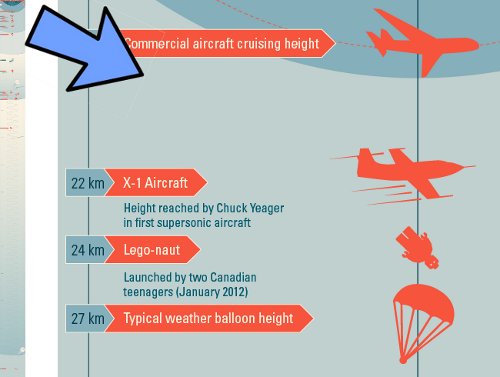
Saturday, January 26, 2013
How big is space?
I ran across a fun feature on BBC-Future, called How Big is Space? It's essentially a huge graphic, that as you scroll down takes you further and further away from the Earth's surface. It actually reminds me a lot of the classic Powers of Ten video you may have seen in school (and if not, go watch). The reason to note this here is the entry that comes in at 24 km from the Earth's surface, noting the Canadian minifig space flight.


Thursday, January 17, 2013
Genome sequencing
Your genome is the sequence of nucleic acids found in your DNA. This sequence is the template for your proteins, and basically makes the blueprint that makes you a human and not, say, a tree. Knowing the genomic sequence for an organism has many applications, from basic research to applied medicine. For instance, you could identify some bacteria by its sequence to diagnose a disease, or you could find out if a person has the markers for some inherited disease. A number of companies have developed laboratory instrumentation for genomic sequencing, such as the Life Technologies Ion Torrent Personal Genome Machine. Torsten Seeman built a LEGO rendition for his son.


Tuesday, January 15, 2013
Advent calendar?
Johnmknight has made a series of over 20 "realspace" small models. I'm guessing he is going to propose this as a future advent calendar idea on Cuusoo, since he has proposed a few real space sets on Cuusoo before. Maybe not, though, since several of these have more pieces than the typical advent calendar builds. It'd be a very cool calendar, though - maybe include a few figs of astronauts - even make them individual like Neil Armstrong, Yuri Gagarin, etc. Maybe Goddard and his rocket.
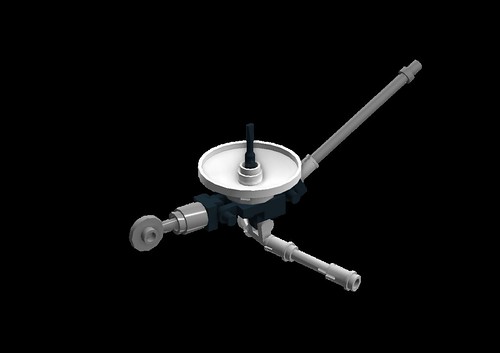
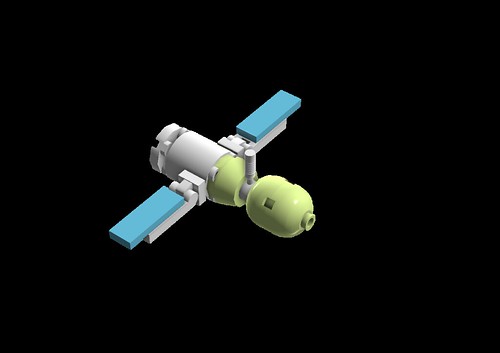
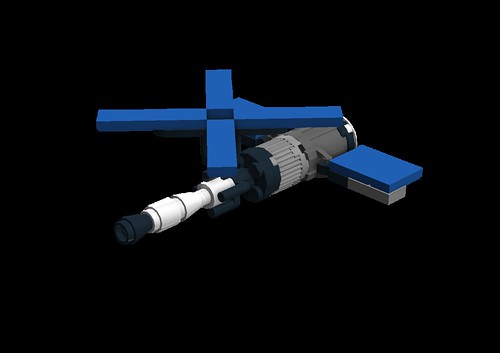



Monday, January 14, 2013
Microscope
Gilcélio Chagas built this great microscope. Rather than give my own explanation, I'll just quote his:
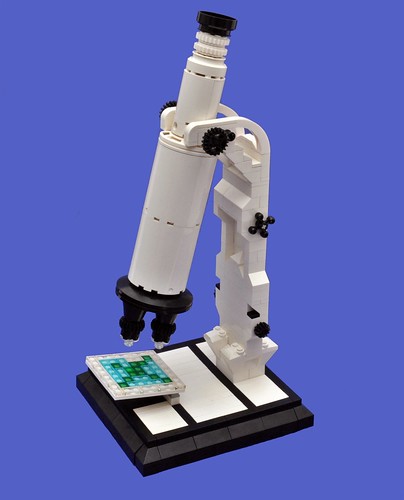
A microscope (from the Ancient Greek: μικρός, mikrós, "small" and σκοπεῖν, skopeîn, "to look" or "see") is an instrument used to see objects that are too small for the naked eye. The science of investigating small objects using such an instrument is called microscopy. Microscopic means invisible to the eye unless aided by a microscope. There are many types of microscopes, the most common and first to be invented is the optical microscope which uses light to image the sample. Other major types of microscopes are the electron microscope (both the transmission electron microscope and the scanning electron microscope) and the various types of scanning probe microscope. The first microscope to be developed was the optical microscope, although the original inventor is not easy to identify. An early microscope was made in 1590 in Middelburg, Netherlands.Two eyeglass makers are variously given credit: Hans Lippershey (who developed an early telescope) and Zacharias Janssen. Giovanni Faber coined the name microscope for Galileo Galilei's compound microscope in 1625 (Galileo had called it the "occhiolino" or "little eye").

Thursday, January 10, 2013
Subscribe to:
Comments (Atom)
